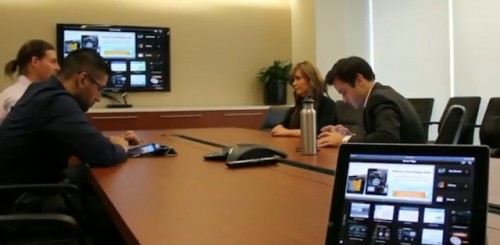Why Do We Even Have That Lever?
There’s a scene in the Disney film The Emperor’s New Groove that defines my attitude towards user interfaces.
“Why do we even have that lever?” was a regular catchphrase in meetings at my old office whenever the design and programming teams met to discuss the of client’s automation systems.
We would shout out “Why do we even have that lever?” while walking through the control tree if we felt there were redundant or confusing steps that needed to be eliminated.
It should always be the goal of the designer and programmer to make the user experience as painless as possible.
Remember, your clients aren’t AV nerds: they’re lawyers, accountants, educators, people who don’t share your obsession with technology. They want the benefits of technology without any of the aggravations.
As much as possible button names and functions should be identical throughout the system, right down to being in the same location on the keypad or touch screen. That means that commands like “lights up” or “lights down” are located in the same position on the control in every room.
Another example is that if you have three different rooms with video displays, the handheld remotes for each room should have identically labelled commands.
Standardization right down to the visual layout of the commands serves two purposes: it allows the end users to learn their new system in no time, and it also saves hours of programming time by being able to cut and paste duplicate commands in your control software.
Keep it simple, simple, SIMPLE! As designers and programmers, you bring your clients’ system to life, and you have to decide what they have access to.
You wouldn’t put a big red button in the middle of the touch panels that says “DELETE ALL”
I know you wouldn’t do that, but you should also avoid control trees that either spiral into a deepening rabbit hole of options, leaving clients hopelessly confused, and you certainly shouldn’t give them the possibility of screwing something up.
Keypad programming can be the worst offender. Many vendors offer keypads that feature layered commands: Click once for lights on, then again for brighter, then again for off.
But just because you can, doesn’t mean that you should. Layered commands work well enough for lighting control, since everybody has at least a few lamps that operate that way, but when you start dealing with things like source selection and volume control, you’re just going to lose, confuse, and irritate the client.
Pare down what you actually need to do in that room, and keep it simple.
And if your client specifies a trapdoor to a crocodile pit, clearly label the levers.



